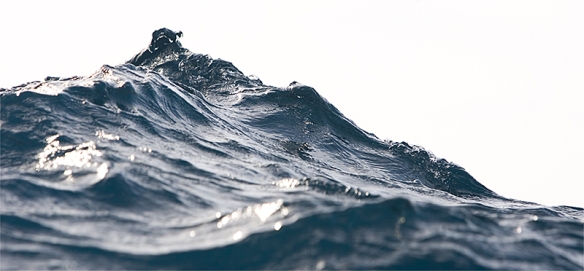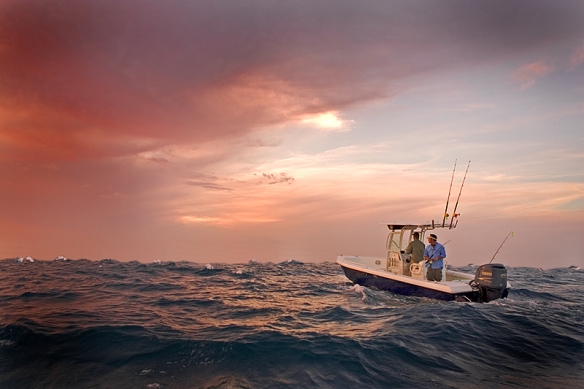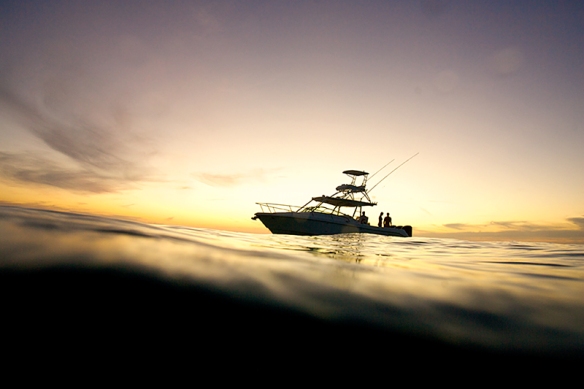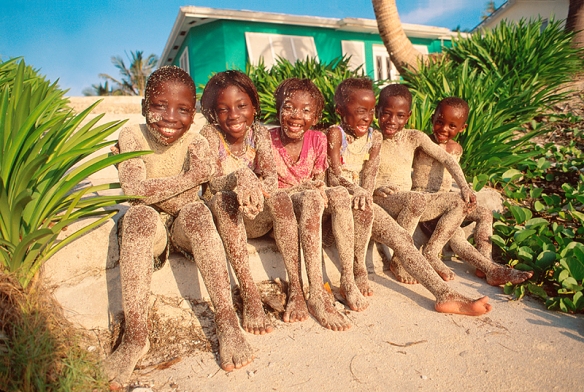
Maybe a better description is “shooting around the water” but that’s a clunky title. It’s always been a specialty or sideline of my photography. And I’ve been interviewed no less than three times the last month re photo techniques so I figured, time for an article. The most recent magazine was Mad Mariner with an article by Lindsey Johnson: “Picture Perfect: Marine Photography Professionals Share their Expert Advice for Taking Quality Photos.” How did I get started? Oddly. I grew up around boats and yachts on Sanibel Island, enjoyed the water and then studied biology and marine science at the University of Miami. Strangely, all this helped prepare me for a photography career rather than one in science. Who knew? My early interest was underwater photography at a time few were doing it. That grew into photographing all kinds of stuff around the water from boats to people and travel/resorts. I’ve shot from a zooming helicopter skid just feet over the water, tied to a boat hull, been trolled behind a fishing boat as bait, jumped from an aircraft onto a moving boat – all in pursuit of images. I guess that’s really what I’m writing about – getting images in an environment some might call harsh or unforgiving at times. You don’t need Deadliest Catch conditions to make it tough. Lets talk about making it easier.

Water (and sand) have been culprits of mine for a long time. Keeping things dry is a drag. Trying to figure out the right combination of weather predicting and proper gear can be an art form at times too. But what’s the biggest asset in marine work? I think it’s familiarity and preparedness – knowing what to expect and being ready. If you’re several miles off shore (let alone in the middle of the ocean or on a remote island) and you can’t work with what you brought . . . . uh-oh. Been there, missed that shot. Sometimes it’s as simple of as a towel. Or a bracelet. Really. I shot an ad campaign, catalog, posters and billboards last year for Everglades Boats ad agency Anson-Stoner ( just won a Silver national Addy actually . . . ) The creative director wanted rough seas, menacing conditions but two dimensional images always seem to “flatten out” water. We were in big seas – I mean hang on or you’ll fly overboard big in the Gulf Stream – but you’d never know by the shots. In order to get the occasional “rouge” wave in the situation we needed it meant we were out a long time. In those kind of seas. With people not used to it. Talk about your guilt . . . . That’s where the towel and pill came in. Seasick bracelet for when the pills wore off. Extra towels for the seemingly endless chore of drying the lens of wave spray. Sometimes it’s the little things – actually, I guess it’s knowing when they matter. Be prepared for whatever may get thrown your way. (And try not to let the client see you sick . . . .)

Gear. Let me set you straight here. Most photographers will tell you how important the “right” camera is. How critical mega this and that is. Not me. Sure, I need a certain level of gear for what I do but it does not “make” the picture. It just makes it look good when going on a billboard – which i’ve done with the 8 meg Canon 1D II. What do I think about gear? It’s about the image – not the gear. I’m a proponent of having a camera with you all the time. A little, in your pocket, easy and quick to shoot with camera. Make it a water resistant one like Olympus or other makes and you’ve got no worries. If you need a more pro oriented solution look for the higher end cameras like Canon’s D series. Not because of megapixel – because of sealed parts. All their moving parts have gaskets that keep light rain and splash out (one reason they cost more). Keeping the lens front dry is up to you though . . .

Learn about the rules in photography. Basic composition, shutter / aperture correlation, ISO, focal length, etc. Yes, learn all the rules – and then break them. Why? Why not? The world is full of “perfect” pictures. Give it your pictures. Worry about the moment, the feeling, the wave hitting you in the face – and shoot it. Experiment. Take – or put a camera where someone else would not. Use a lens that may go against convention. Push the rules to the edge of making sense. I like shooting well past sunset. That’s tough on the water (can’t use a tripod on a rocking boat) but there are approaches. I recently jumped in the water so I could shoot longer. The water suppressed my shaking hands and absorbed movement, allowing me to shoot seascapes well after sunset and at 1/4 second shutter speed. That’s the shot below.

If you do what i just described you’ll be well on your way to developing a vision or style. Stay with it. Shoot what you’re interested in. Make it yours. Sometimes it not about simply getting a shot of something, it’s about conveying a feeling or documenting a future memory. Remember how you “think” you remember your early childhood? More than likely what you remember is seeing the images of that childhood in a scrapbook. What do you want to remember about your life? If you’re reading this then you’re probably a lover of all things water, beach and island. Document it. Sometimes it’s the sunset or a group smiling for the camera – but more often it should probably be the grains of sand stuck to your daughters eye lashes after an unforgettable day.

Happy splashing. Feel free to keep in touch , ask me questions or comment below.
